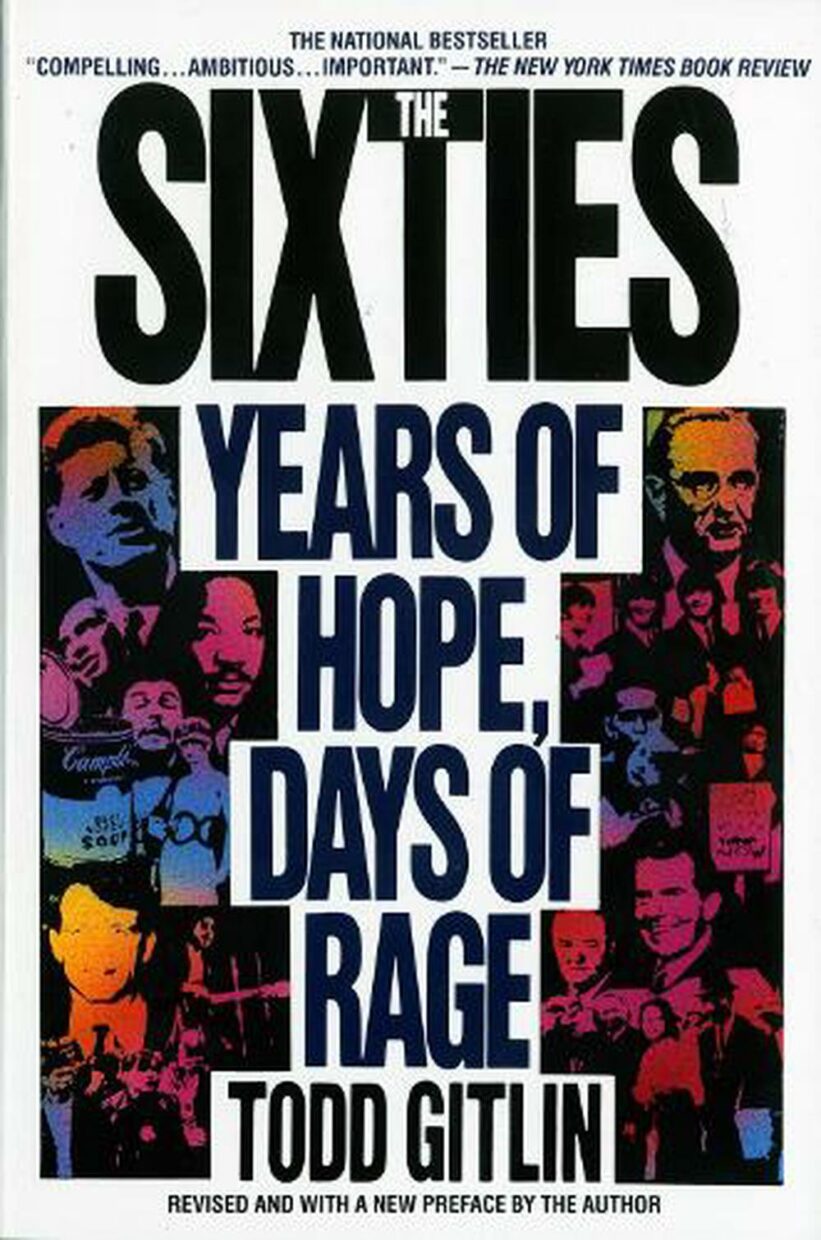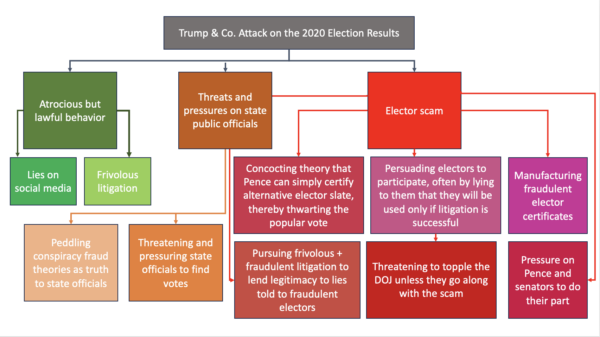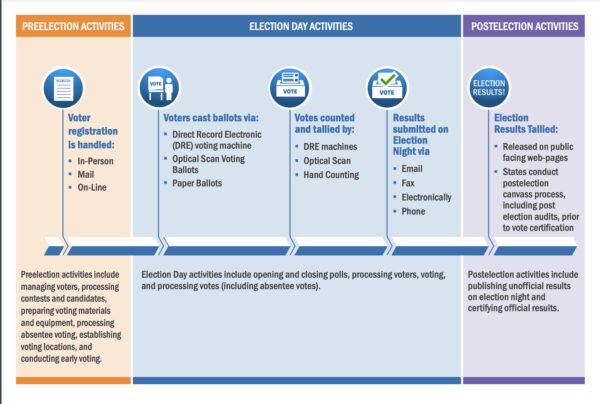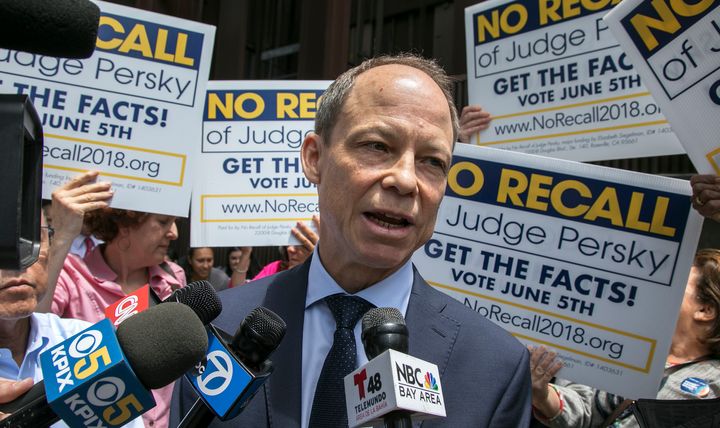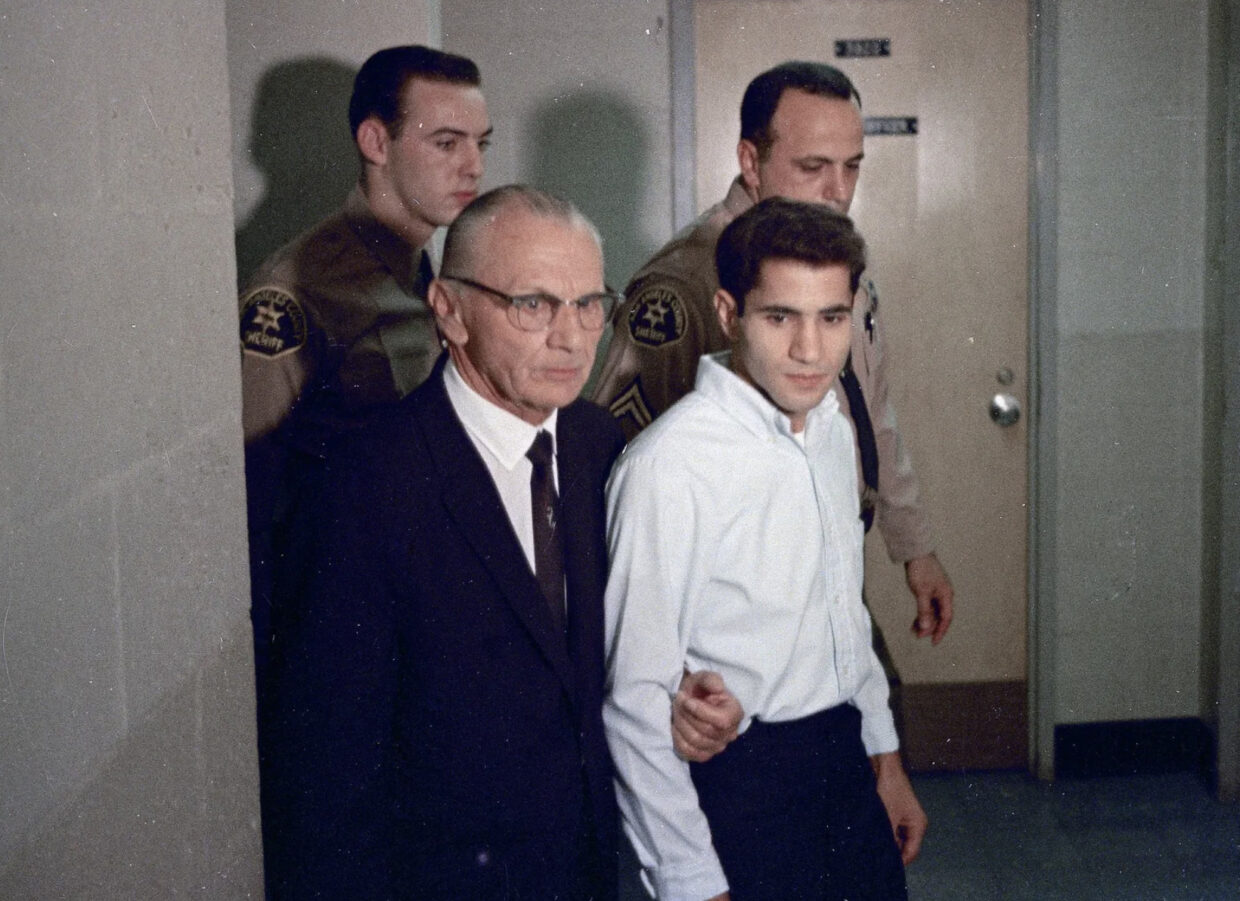Houston, we have a bit of a problem. Having just finished writing my term papers at the GTU, I’ve turned to grading exams (will be done soon! I promise!) and to some writing obligations in my areas of expertise, only to find out that I seem to have outgrown things I promised to finish and send out. It’s not exactly writer’s block: the challenge is not dishing out words, but rather the specific words that I’m supposed to be dishing. I committed to write something about the anticarceral literature of the last few years, its contributions and the ways in which it falls into the same traps it identifies (basically, a scholarly version of this thing), except I can’t shake a sense of “what’s the use?” It’s simply no longer clear to me how “contributing to the debate” makes the world a better place.
I’ve now spent more than 25 years in criminology and penology and have come to realize that there is nothing new under the sun. Maybe this is true of all social sciences, maybe humanities, too, maybe all disciplines; I can only speak about my own area of expertise. New terms and jargons are banded about often enough, but very little of the substance changes. Do the conference and publication thing, year in and year out, and you’ll risk catching whatever new viral tic is going around, infecting the crop-de-jour of publications and talks: the X industrial complex, postcolonialism, decolonialism, neoliberalism, extractionism, or whatever is in vogue this year (I’m sure there’s something, but I’ve been out of the loop for a few months, mourning my father and shellshocked from the massacre and the war and bereft of appetite for mundane job stuff.) If you scrape the jargon off, you find that the basics have changed very little in more than a century, and when articulated simply and without flourishes, they pretty much reflect what we know: what counts as “crime” varies, and although some things (e.g., serious violence) tend to generate consensus, others (e.g., white collar crime and environmental crime) are treated more nebulously; what is treated more seriously sometimes, but not always, correlates with what causes the most social harm. Disadvantage and deprivation can bring about pathological behavior both on the part of the people experiencing it and on the part of the people policing it. Militarized and aggressive policing is a low-yield, high-alienation strategy that makes communities bitter and mistrustful and harms efforts to actually solve crime. Locking people up can create conditions for cruelty and neglect and can bring about change (due to deterrence or rehabilitation) only under very specific conditions that, more often than not, do not materialize. Generally, the folks on the receiving end of the uglier aspects of criminal justice–whether too much or too little–tend to have less money and darker skins.
Contributions of value to this situation come, basically, in two packages: either a truly groundbreaking understanding of how the world works, or someone willing to put in the work to make things better. Publications and talks of the former variety are rare, which makes sense–we stand on the shoulders of giants, even if we no longer recognize the giants or remember to cite them. As to the latter variety, practical effort to improve things is hard to do, and also thankless, because even fairly mediocre folks know how to write the sort of gloomy diatribe that gets an applause: People did A, which was bad. Or people did B and meant to do a good thing, but it turned out bad because of systemic problems. Or people did C and pretended to do a good thing, when they were doing a bad thing all along. It matters very little which tack you take, as long as your conclusion is that things turned out worse than they were before. Writing this sort of thing gets a lot more respect in the social science spaces where I spent two and a half decades of my life than actually working in policy or government, where you are branded either as an idiot or as complicit with the bad guys, and it’s not nearly as much work, so even grad students realize fairly quickly where the incentives lie.
Because saying what other people have said for decades is not innovation, and because true innovation is not on the menu, we have simply found new ways to say old things. Which is why I find myself asked, at a book talk, how FESTER relates to “doing crip theory,” because apparently saying, “people with disabilities and chronic conditions were horrifically neglected and their conditions deteriorated” is less hip than calling it “crip theory,” which is exactly the same thing, except without the fancy name. Same goes for saying “the neglect and mismanagement of COVID-19 in prison caused horrific outbreaks and alarming rates of mortality, which affected people on the outside as well” without dressing it up as “eugenic logics.” When I say that overtheorizing is not a virtue, it’s an ego-driven intellectual game (and not a particularly impressive one), and that the facts are horrifying enough without calling them all sorts of things that don’t actually do any explanatory work, I get blank stares.
Thank you for listening to my grumpy TED talk so far. I know I can play this game just like everyone else–I just don’t want to anymore. But this is not about me–I’m trying to make a more general point, which is this: The big debates in the field today–the reform-vs.-non-reformist-reform stuff and the abolitionism-vs.-non-abolitionism stuff–are little more than iterations of a debate we already had in the 1970s and 1980s, namely, the debate between left idealism and left realism.
Ask any American criminologist or penologist about radical realism, and nine times out of ten you’ll get a blank stare. Punishment theory tends to be fairly parochial, and had I not been lucky to study with people trained in Europe and Canada, odds are I wouldn’t be familiar with Jock Young’s important work. A towering figure in criminology in the 1970s, Young was part of the pioneers of The New Criminology, then a groundbreaking work that responded to the challenges of British working class neighborhoods with a systemic analysis of deprivation and inequality, and challenged the mainstream assumptions of classicists and positivists by asking questions about the provenance of criminal categories and criminalization and positing that power played a role in crafting them.
It’s not a huge stretch to see that Young was not a starched, stuffy conservative. He was well aware of what we all know to be true, which is that the folks at the bottom of the social ladder are on the receiving end of the worst that we have to offer, both in terms of coercive state power and in terms of governmental neglect. But he was not willing to sign on to the fanciful idea, then banded around by Scandinavian abolitionists, that crime had no ontological existence and was essentially an invention by the bad guys at the top to perpetuate their superiority and make everyone else miserable. Crime, Young said, was a real thing, it victimized real people and caused real suffering, and it required a real response, rooted in the world that these people inhabited: those who committed the crimes and those who suffered from them.
Along with John Lea, Young offered a multifaceted understanding of the causes of crime, tying it to three factors: relative deprivation, subcultures, and marginalization. Poverty alone could not explain rising crime rates; standards of living had risen since the 1950s, and so had crime rates. But in an increasingly wealthy society, everyone’s material expectations rise: we are wealthier, but we feel poorer, and thus there is more pressure to get more stuff to keep up with everyone else, which generates historically high crime rates.
Relatedly, Lea and Young built on some of the proto-conflict criminologists of the 1950s (Merton, Albert Cohen, and others) to combine the problem of relative deprivation with systemic neglect (which they refer to as “marginalization) and the rise of criminal subcultures. Recall that Merton flagged the basic problem with the American dream: the mismatch between the goal (to get ahead materially) and the means (blocked opportunities due to structural inequalities, lack of representation, and being pushed out of fully participating in society.) People who adhere to the conventional goals but lack legitimate opportunities to accomplish them, said Albert Cohen, experience “status frustration,” which can lead to cynicism and bitterness and fuel criminal subcultures.
What produces crime, therefore, is a combination of factors, which Young captures in the “square of crime.” This framework can accommodate multiple criminological questions: why people commit crime, what makes crime victims vulnerable, what factors affect public attitudes toward crime, and what impacts the state’s formal response to crime. Any criminological theory that is a one-trick pony can ridicule any corner of the square of crime: knee-jerk left idealists can complain about the offender corner, arguing that crime is a capitalist, white supremacist invention, while knee-jerk conservatives (and, say, some carceral feminists) can complain about blaming the victim. But grownups understand that complex phenomena have complex etiologies.
Complex problems call for complex solutions, and left realism focuses on two types of practical, high-yield strategies: prevention through early intervention (tearly-age education and high quality programming for youth) and community-based approaches that focused on raising living standards, creating jobs, and improving quality of life. Because crime prevention is at its best when initiated by the community, the police must invest in building the community’s trust, opting for proactive problem-solving, rather than low-yield, high-antagonism tactics like militarized raids and stop-and-frisk activities.
You can probably see where i’m going with this. Left realism is an approach that sees social inequalities as fueling two sides of the same coin: criminality and criminalization. They are cognizant of the fact that the world can be very unfair toward those of us with less resources, and they also know that both perpetrators and victims tend to belong to the less fortunate sectors of society. There’s no preemptive assumption that victims and offenders must develop class solidarity and hold hands in peace circles, because crime is a serious thing and not everyone feels forgiving. There’s also no preemptive assumption that people who commit crime are uniformly innocuous and, without exception, lovely to be around, even as the source of their suffering can be very complicated. And, there is a basic trust in the common sense and power of community, because even though many people are poor and disadvantaged, most poor and disadvantaged people do not commit crime, nor do they like being around criminal activity. All of this makes as much sense to me in 2024 as it did to Young between the 1970s and the 1990s.
Why am I thinking about this now? In trying to discern my current opinions about carceral-this and anticarceral-that, I came across a crisp, clear analysis of our current political moment by the one and only Nate Silver. You can (and should) read the whole thing here, but here are a few handy paragraphs:
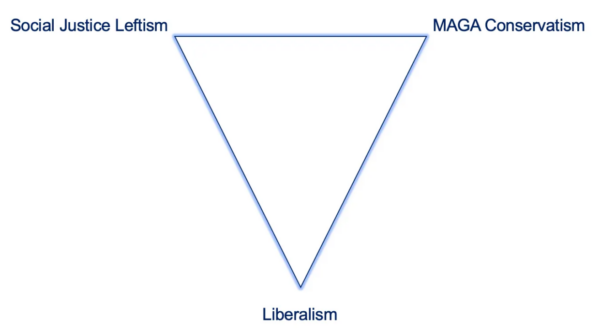
SJLs and liberals have some interests in common. Both are “culturally liberal” on questions like abortion and gay marriage. And both disdain Donald Trump and the modern, MAGA-fied version of the Republican Party. But I’d suggest we’ve reached a point where they disagree in at least as many ways as they agree. Here are a few dimensions of conflict:
- SJL’s focus on group identity contrasts sharply with liberalism’s individualism.
- SJL, like other critical theories that emerged from the Marxist tradition, tends to be totalizing. The whole idea of systemic racism, for instance, is that the entire system is rigged to oppress nonwhite people. Liberalism is less totalizing. This is in part because it is the entrenched status quo and so often is well-served by incremental changes. But it’s also because liberalism’s focus on democracy makes it intrinsically pluralistic.
- SJL, with its academic roots, often makes appeals to authority and expertise as opposed to entrusting individuals to make their own decisions and take their own risks. This is a complicated axis of conflict because there are certainly technocratic strains of liberalism, whereas like Hayek I tend to see experts and central planners as error-prone and instead prefer more decentralized mechanisms (e.g. markets, votes, revealed preferences) for making decisions.
- Finally, SJL has a radically more constrained view on free speech than liberalism, for which free speech is a sacred principle. The SJL intolerance for speech that could be harmful, hateful or which could spread “misinformation” has gained traction, however. It is the predominant view among college students and it is becoming more popular in certain corners of the media and even among many mainstream Democrats.
Silver goes on to explain why these differences have become even more stark in the aftermath of October 7:
I suspect that an increasing number of liberals will a) more clearly recognize that they belong to a different political tribe than the SJLs and even b) will see SJLs as being just as bad as conservatives. And this will cut both ways; some SJLs will regard liberals as just as bad as conservatives — enough so that they might even be willing to deny a vote to Biden. All of this is quite bad for the progressive coalition between liberals and the left that’s won the popular vote for president four times in a row.
The liberal-vs-SJL distinction Silver makes is echoed, in the criminological area, in the perennial distinction between left realists and left idealists, which then became the distinction between reformers and revolutionaries, which then became the distinction between, say, not-quite-abolitionist and abolitionist folks. Left realists are not the perfect equivalent of traditional liberals, but in terms of how the field is organized, they might as well be, because for the hardcore abolition/anticarceralism folks, anyone who is willing to treat crime as a phenomenon with ontological reality, regard incarceration as an institution that has some public safety payoff (if only to incapacitate people who are truly dangerous to their immediate environment), and ask hard questions about racial disparities in violent crime rates (and not only in criminalization), might as well be a rabid Trumper. I see this again and again at conferences. I hear incessant chatter about how prison “should not exist in its current form” but no practical proposals for what form it should take. I hear conversations about disenfranchised people being harmed by crime, but nothing about the fact that there are actual people, also disenfranchised who are doing the harming, and about the possibility that restorative justice circles might not be the only solution for this situation. Thing is, as a staunch left realist, I have serious axes to grind with fatuous analyses and suggestions from both these-people-are-monsters fearmongerers and psychopaths and crime-is-nothing-but-white-supremacist-scapegoating idiots and fantasists. And I also know that there’s a silent majority of reasonable people hovering around those two points that doesn’t quite accept those positions in their caricatured forms, but are afraid to write nuanced things that can contribute to practical improvements in the real world out of fear that no one in their respective milieus will treat them seriously or want to have coffee with them. And I don’t really have a solid plan for how to make this slouch toward unseriousness and hyperbole any better, beyond saying again and again: Jock Young was right, there are no easy answers, and left realism matters now more than ever in criminology.




